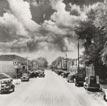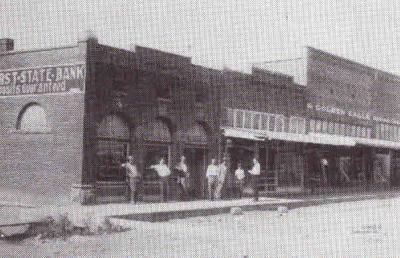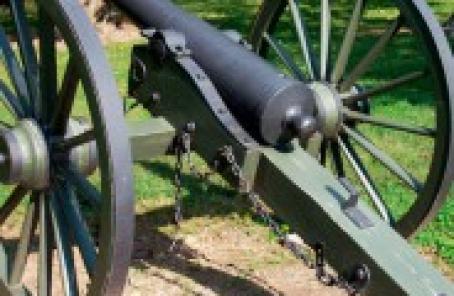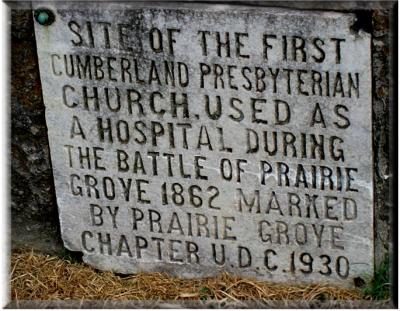
The earliest accounts of settlement in what is now Prairie Grove dates back to the late 1820s. In 1829, the Reverend Andrew Buchanan, "Uncle Buck" as he was known, came to Prairie Grove after hearing about a large bountiful spring located in a grove of trees in a beautiful valley. When he arrived the land was already occupied by a man named Tom Wagnon who had laid stake to the spring. Wagnon, in respect for the preacher, agreed that if he could find another suitable piece of replacement land, he would let the Reverend keep the spring for a trade. Uncle Buck agreed to the terms of the trade, Wagon wanted him to travel to his new place of settlement and preach two good redemption sermons in exchange for the land.
Andrew Buchanan soon established a church and many new settlers started coming to the valley to live. Among the famous reported to have visited the spring, included; Sam Houston, Resin Bowie, Jeff Davis, Winfield Scott, and Chief Sequoyah.
The spring is still visible in Mock Park, located downtown, and looks much as it did at that turn of the century. The spring was long a gathering spot, where locals would drink from the cool waters and socialize. In 1933 the spring became the first source of water for the newly constructed water treatment and distribution system.
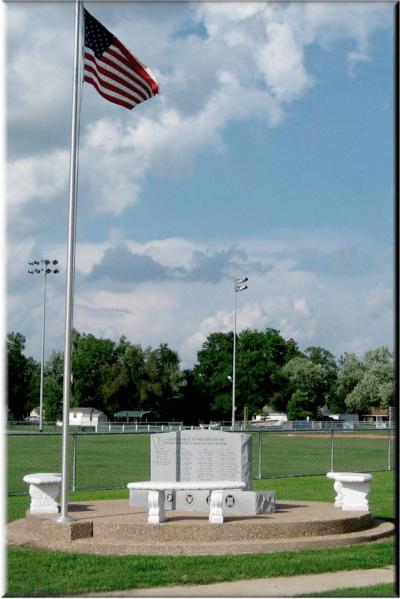
The City is also known for its historical and tragic past. On December 7, 1862 the last major battle in NW Arkansas took place during the Civil War. Over 2500 soldiers lost their lives that day, and as darkness fell, confederate troops, out manned and out of ammunition retreated South under the cover of darkness.
The area's first Post Office was established in 1840 and was called Sweet Home Post office, as the area was referred to at that time. It was replaced a few years later and renamed Ada Post Office. A number of years later, the name Prairie Grove was coined. According to legend, after a young girl passed away, her parents requested she be buried in the cemetery located in the "grove of trees on the prairie". In 1877 streets and lots were platted and the town incorporated in 1888.
On July 9th, 1888, then County Judge, H.P. Greene, signed the order for the incorporation of Prairie Grove Arkansas. The City had existed for many years prior to that as a settlement, village, unincorporated town and community but not until 1888 was it officially incorporated. The City turned 125 years old in 2013.
In 1877, County Surveyor J.A. Buchanan laid the city out into lots for James Neal. The City consisted of an area that amounted to less than 6 square blocks. James P. Neal pushed for and successfully got the incorporation 11 years later. By 1904 nearly a square mile was included in the City and at least 7 new subdivisions had been added with hundreds of new lots.
Prairie Grove has grown over the years, expanding its population by almost 14 times, and increasing its land mass by nearly 20 times the original City Limits. The City now encompasses 8 square miles and has a population exceeding 7500.
